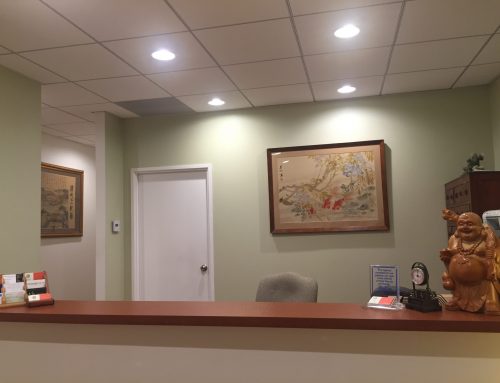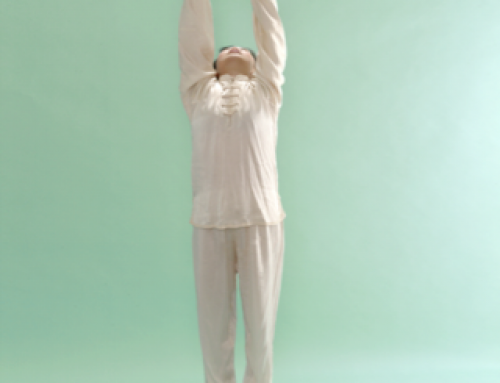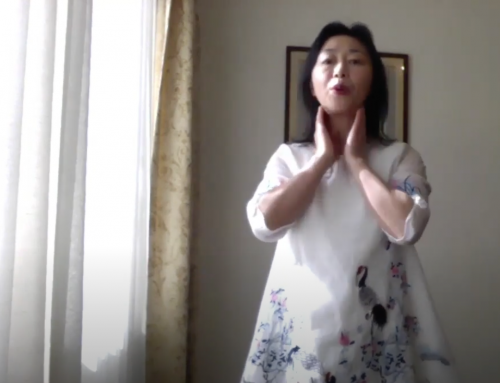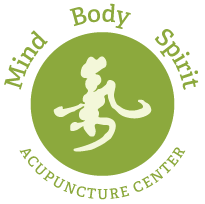Dealing with the debilitating, plight of Migraines
Follow one migraine sufferer as she navigates the path to relieving her pain.
Text by Karyn R. Millet Photography by Nayda Lebron
Many people complain of having a migraine, but those of us who have been diagnosed know the difference between a true migraine and a really bad headache. As a sufferer of severe migraine headaches for years, I’ve wound up in the hospital emergency room on several occasions, where a morphine drip is the only thing that will dull the pain. These kinds of firsthand experiences, where a migraine takes you beyond a normal threshold of agony, make you realize that you want to be extremely pro-active on your road to recovery.
According to the Oxford American Dictionary, migraine is “a severe form of headache that tends to recur.” Indeed, like many sufferers, I’ve found that migraines have a reoccurring pattern of time and place, which only makes you wonder, “Why can’t these doctors figure this one out?” After all, we’re not talking about a moving target here. I’ve come to the conclusion that there are as many approaches to dealing with migraines as there are diet plans to become slim and trim. And does anything really work?
Well, actually, there are quite a few hopeful approaches to quelling the pain of a migraine. However, it is necessary to take a participatory role in researching the best methods for dealing with this debilitating condition. My battle has been a personal one, integrating physicians, nutritionists, massage therapists, friends and family to find something that works for me.
Step one is realizing that you are in fact a migraine patient. For me, this was quickly accomplished with a visit to the neurologist. “I think all migraine sufferers deserve at least one MRI,” Dr. Carl Orfus of UCLA Medical Center told me after my exam. While this is an expensive procedure, it gives you confirmation that what you are experiencing is actually a migraine. At the very least, it was nice to know it wasn’t a tumor causing my pain. The MRI procedure, however, was a bit daunting. I never knew I was claustrophobic until I glided into the MRI chamber, and it became all too clear. I was simply overwhelmed by the sensation and immediately decided to wait my turn for the “open room” MRI, which although still extremely tight was do-able.
Knowing that the pain in your head is now officially a migraine, most migraine sufferers are encouraged to go the traditional medical route, which involves drugs—and potentially lots of them. I started with Zomig and switched to Imitrex. I then advanced to Maxalt and Relpax and have now settled with Frova. According the research, Frova actually helps stop the blood vessel dilation and relieve the pain you already feel. It sounded like a miracle cure, and for some, I’msure it just very well might be. Unfortunately, it is not a sure bet 100 percent of the time.
Tennis champion Serena Williams, who has been a long-time sufferer of menstrual migraines (the same that attack me twice a month), also takes Frova. With menstrual migraines, the pain typically lasts from two to five days, only increasing in severity. It is hard to imagine how Williams has been able to achieve her status as a tennis star, knowing the pain she regularly experiences. I figured it this drug works for her, I’d be silly not to at least give it a try. However, I’ve found that my body gets used to one kind of drug, and the drug then become useless, at least for a period of time. And, as we all know by now, drugs are really just masking the problem anyway. Where is this horrific pain getting its start?
“Headaches are natural, but they’re not necessary,” states Dr. David Buchholz of The Johns Hopkins University School of Medicine in his book, “Heal Your Headache.” To reduce your chances of reoccurring migraines, Buchholz suggests reducing migraine triggers, which include such dietary catalysts as wine, chocolate, bananas, yogurt, nuts, oranges and a list of other culinary delights. Quite honestly, it was rather easy for me to eliminate these triggers from my diet, knowing these foods could be potentially causing the intense and long-lasting pain I regularly experience.
Another key point to Buchhoiz’s research is the rebound effect of certain popular headache drugs “…Rebound gradually promotes increased headache frequency and severity,” he States in his book. “It is rarely recognized—at least to its full extent—by the person caught in its vicious cycle. Each headache leads to another quick fix, and each quick fix leads to the next headache and so on.”
I followed Buchhoiz’s recommended dietary plan of attack for an entire year. Within the first five weeks, I did not have a migraine, which I considered a complete and utter breakthrough. However two weeks later, the migraine caught up with me and took out its wrath.
Unfortunately, there never seemed to be sure-fire plan for alleviating my problem.
There have been some migraine-curing success stories with chiropractic care, homeopathic herbs and oils, as well as kinesiology. I tried all of these for test periods of at least one year without much success. But, I figured unless you try it, you don’t know if it works for you. Everybody is different, and the inherent stresses and strains we carry around each and every day all vary. I like to think that trying all of these methods of relief has widened my personal knowledge of my body and what it takes to keep it healthy. And, as I seek out new procedures, it gives my spirit hope that something will indeed be the answer for me.
Perhaps the latest neurofeedback technique is worth some investigation. The EEG Institute in Woodland Hills recommends reading “A Symphony in the Brain” by Jim Robbins. “Research shows that the brain’s electric signals are subject to change and that people can be taught to change them,” Robbins notes in his book. This innovative approach involves a series of sessions in which the brain is actually re-trained and strengthened in new ways. According to EEG Institute spokespeople, the results have been very encouraging—not only for migraine sufferers but for those with such ailments as epilepsy, anxiety and depression.
I’ve also recently begun trying acupuncture. After seeing me suffer for far too long, a dear friend, Maria, gave me the name of her tried, true and trusted acupuncturist. Dr. Ji-ling Hu. While I must admit the thought of needles pricking the highly sensitive trigger points throughout my body did not sound inviting, after three recent visits to the ER involving morphine drips, I was ready for anything. A needle now or later, what difference does it really make?
Not only does Hu expertly position the acupuncture needles, she also had me try the ancient Chinese technique of cupping. Heated glass bottles are placed on your back in order to increase heat and
combat blood stagnation. Sure, it sounds a bit strange, but it all seems to make sense to me since migraines are in essence a blood flow issue. Gwyneth Paltrow recently made the news when she showed up on the red carpet with her cupping bruises proudly displayed in a backless dress. Mine might nor have seemed as glamorous as Paltrow’s, bur hopefully we both experienced positive results.
Hu also mixed up some some nasty-tasting tea for me ro rake home, which I am still drinking with a forced smile three times a day. And, just for good measure, she applied four tiny tacks to each ear, which I am to squeeze as pressure points throughout the week until my next visit. Well, if nothing else, it sure gives you something to talk about at the next cocktail party.
I must confess, however that my monthly bout with migraines lessened in severity and length after Hu’s mix of ancient remedies. I’m now responding to the Frova medication and needed just one dose to get me through the worst of it on my last migraine bout.
My reacrion to acupuncture seems to go hand in hand with a study published in 2004 by the “British Medical Journal”stating, “Acupuncture can reduce the number of days of migraine a person has a year, as well as reducing the amount of medication needed.” This was, however, challenged just a year larer in a report by the BBC claiming, “Fake acupuncture works just as well as the real thing in relieving migraines.” Narurally, one is to now wonder. However, as a friend told me just yesterday, “If it works for you and you feel berrer, then it is really working.”
These are just a few of the preventive measures that migraine sufferers like me are trying. It is a battle that can and will be won. Every day there are new roads to take, like Botox, Butterbur and rhe Tran-scranial Magnetic Stimulator Gun. Keep your ears and eyes open. Most of all, take time to relax, be still and take a deep breath. Live your life for those glorious momenrs when you are pain-free, and anything is possible. VM





